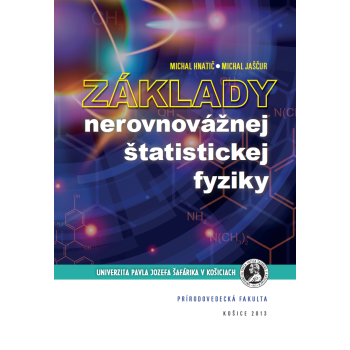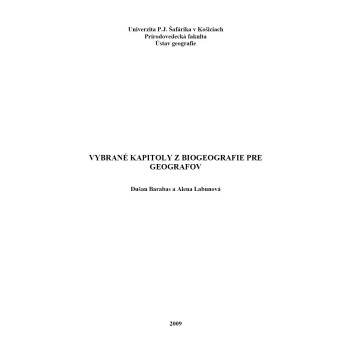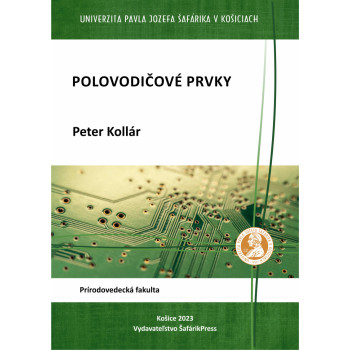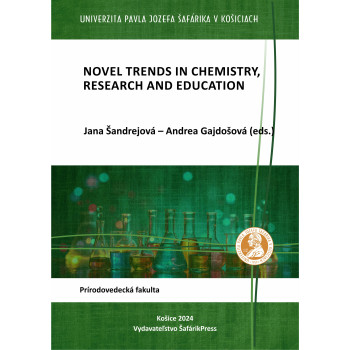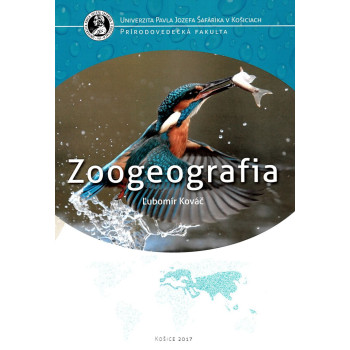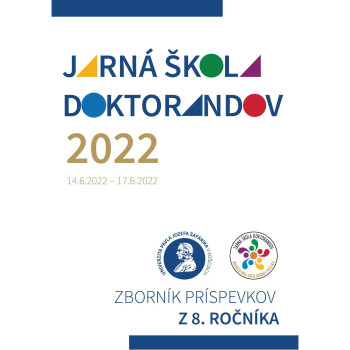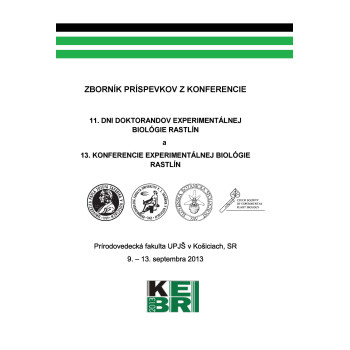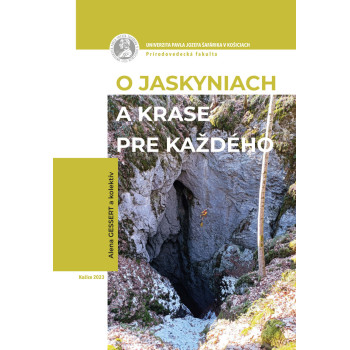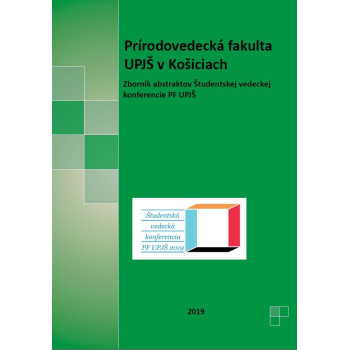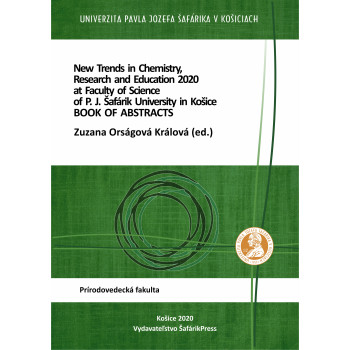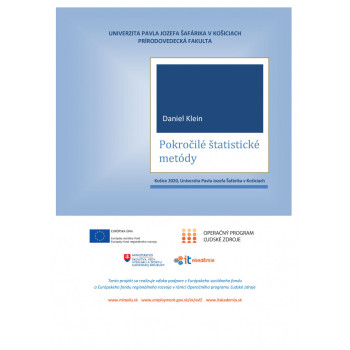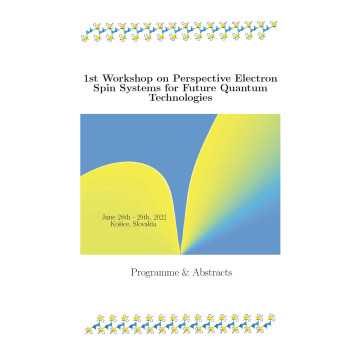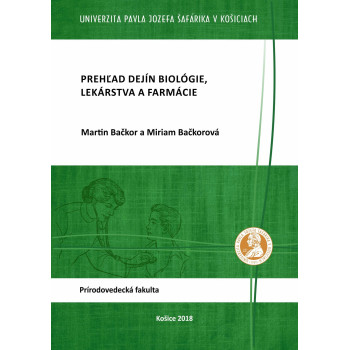
Foundations of nonequilibrium statistical physics
In the textbook, the processes belonging to an area of nonequilibrium physics, which make the basis for the study and analysis of compex phenomena of statistical mechanics, are described. The Boltzmann equation for distribution function is derived and on this basis the hydrodynamic equations are constructed. Stochastic processes are described separately and Fokker-Planck equation for density probability is derived. Textbook is intended for the students of second year of master study at Faculty of Science of P. J. Šafarik University.
Autors



